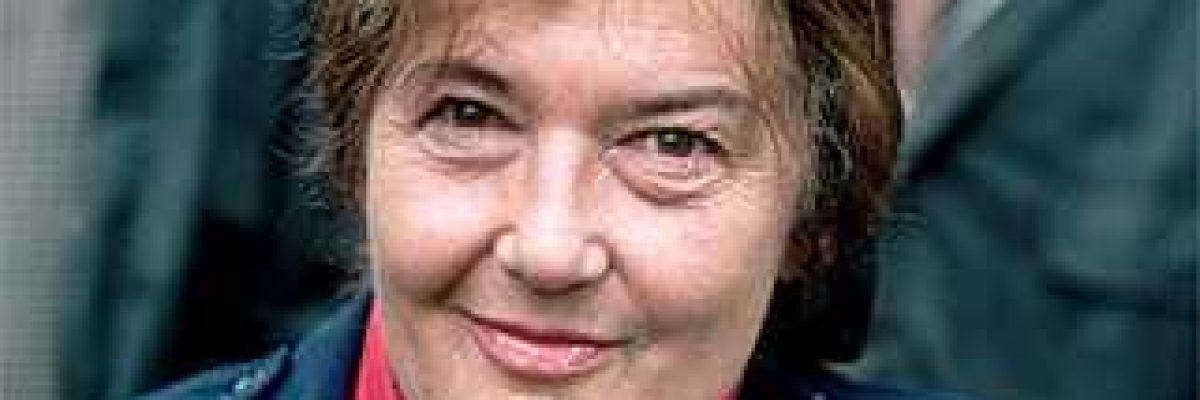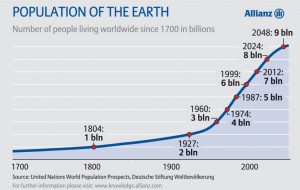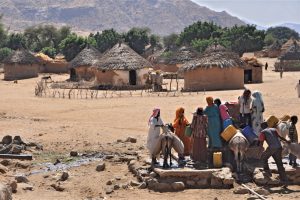The silence of Christmas Eve 1985 in the Rwandan Parc des Volcans Reserve was pierced by the last screams of Dr. Dian Fossey, the famous primatologist and gorilla researcher. A man broke into her forest cabin and hacked her to death with a Machete. Western diplomats in Nairobi reported the case to the world media, where they expressed astonishment as to motive since she had no money or valuables. Today 35 years after her assassination, her contributions to scientific research are widely acclaimed.
Dian Fossey’s early years were spent in California where she was born in 1932. She was later an occupational therapist specializing in the treatment of tuberculosis and autistic children. Her first visit to Africa was in 1963, after learning of a dear friend’s experience there. She withdraw her savings alongside a bank loan and travelled to East Africa. Two of the places she visited would change her life: Mount Mikeno in eastern Congo, where Prof. George Schaller, born in 1933, conducted his research on mountain gorillas; And the Olduvai Canal in northern Tanzania, where she met Dr. Louis Leaky, the renowned anthropologist. With Leaky’s support she set out on a long-term study to complete Scheller’s research.
Fossey was indeed the first woman to study mountain gorillas but not the only one in the field. Dr. Leakey believed that women had natural skills suitable for ape field research namely: patience, discernment and high sensitivity to parent-child relationships. Leakey further argued that women are more empathetic to animals, a skill necessary for ape behavior studies. And so the “Leakey Angels”, also known as the “Trimates”, were selected. In 1966, British Jane Goodall was sent to study chimpanzee In the Tanzanian Gomba Stream reserve. Diane Fossey set out a year later for the Congolese Virunga Forest to study gorillas, and the Canadian Biruta Galdikas was sent to Borneo, to study the orangutan’s way of life.
In September 1967, about six months after she began her work, and due to political unrest in the Congo, Fossey was forced to move her research to the other side of the Virunga Forest, to Rwanda. Here she established a permanent camp which she called “Krisoke”, a melding of the locally named volcanoes Karisimbi and Bisoke. The Virunga Forest is politically divided between Congo, Rwanda and Uganda, and is the only natural habitat in the world for the mountain gorilla population (Gorilla Gorilla beringei), and therefore became the first nature reserve declared in Africa, in 1925. The mountain gorilla is a unique subspecies of species called the Eastern Gorilla. According to recent surveys, only about 700 individuals remain of this species, while in the 1950s their numbers were estimated at 4,000. Another subspecies, the lowland gorilla or western gorilla, resides in West Africa and numbers several thousand individuals.
For 18 years, Fossey conducted research on mountain gorillas. She managed to gain the trust of the great apes mainly by mimicking their actions. Like Schaller before her, Fossey proved that gorillas are not the mythical cruel animal believed by many rather that they are gentle giants, highly social with strong family relationships. Fossey learned the gorillas’ means of communication, and within a few months was able to communicate with them by mimicking facial expressions, body language and vocalizations. One of her most important revelations was that gorillas spend a considerable amount of time playing, compared to other apes by running, climbing, chasing and simulating combat games, with the games mostly being initiated by young and juvenile individuals, while adult gorillas would sometimes join in.
Fossey’s love for “her” gorillas (as she called them) led her to extraordinary emotional closeness to them. However, her devotion to gorillas provoked hostility on the part of some of the people who she worked with, believing she favored the apes to humans. A young student named Alan Goodal (no family connection to Jane) who replaced Diane in running the camp for six weeks in 1970 described in his book “Following the Gorillas” how Fossey shot cattle and threatened shepherd children to leave the gorillas’ habitats. Fossey was strongly opposed to poaching, animal captivity in zoos and wildlife tourism fearing that the animals were susceptible to human disease. For her part, Fossey felt responsible for the life of the gorillas, believing that all means were permissible to protect them.
As a result, she has many opponents. Her main enemies were the poachers who killed or captured gorillas for a living, selling their heads, and their hands as souvenir or capturing young individuals for zoo captivity. Fossey conducted “field trisal” to any poacher she encountered, she would smear their faces with gorilla dung and kick their testicles. Fossey’s study group of gorillas were often spared poaching attempts until December 1977, when poachers killed Fossey’s favorite gorilla, Digit.
For many years, the circumstances of Fossey’s death were shrouded in mystery, until in 2001 it became clear that the then provincial governor, Prote Zigirangizaro, nicknamed “Monsieur Z”, had ordered the murder. Monsieur Z was one of the main opponents of her worldview, and among other things operated a network of illegal poachers. Dian Fossey knew about this illegal network and threatened to reveal it. Monsieur Z preceded her and ordered her assassination. This same man was later also one of the leaders of the 1994 Rwandan genocide.
Today, as I lead hikers on a “family” visit to the mountain gorillas, I’m excited to see that those same former poachers have now become porters (“from poachers to porters”) and they help track and locate the gorillas in the reserve. In my opinion, this is Fossey’s greatest triumph, she understood that gorilla conservation was needed to help humans. The words written by the locals who worked with her, on her grave in the Virunga Forest, where she was placed to rest net to her beloved Digit, express this well:
No one loved Gorillas more.
Rest in peace, dear friend
Eternally protected
In this sacred ground
For you are home
Where you belong
Learn more:
- Clip of Dian Fossey with the gorrilas
http://www.youtube.com/watch?v=SZvmzDMEKt0
- Gorillas in the mist website- movie based on Fossey’s life









